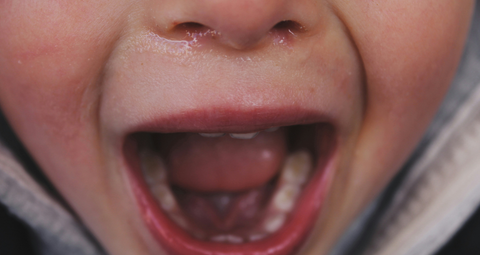
How to avoid sensory overload and overstimulation in children with autism
Children with autism often have sensory needs that can have a huge impact on their day-to-day life. Certain smells, sights, textures and sounds can be overwhelming and cause stress, worry and anxiety. When this happens, a child can experience sensory overload and be overstimulated. In this blog, SpecialKids Company will list suggestions for you to help you to avoid this for your child.
Understanding the signs of sensory overload
Understanding what causes your child to experience sensory overload is key in order to reduce it happening and find solutions to help support them when it does. If you can, speak to your child about how they are feeling and what sensory experiences can be overwhelming for them. If your child struggles to communicate, observe them and keep a diary so that you can establish a pattern of behaviour and can identify sensory overload. Key signs include covering ears or eyes, rocking back and forth or other repetitive behaviours, clenching fists and becoming tense and becoming agitated and upset without obvious cause.

Communication and visuals
Use visuals to help your child to know when they are transitioning from one environment or activity to the next. This can help to reduce anxiety and help them to prepare for change, which in turn can help them to feel more in control and less overwhelmed.
Communicate with other supporting adults so that they are aware of what can cause sensory overload and overstimulation for your child. Working together is vital in ensuring a consistent approach to avoid certain sensory experiences and use the same tools to support your child when they are feeling overloaded and overstimulated.
Create a sensory friendly environment
Providing a calm and predictable space for your child, when possible, is a great way to reduce sensory overload and overstimulation. In order to create a sensory friendly environment you should consider the lighting, noise levels, colours and temperature.
Quiet space and calming area

Some children find a quiet space comforting when they feel overstimulated. Find a quiet space in your house that your child can go to if they need time to decompress and recover from an overwhelming sensory experience. When you are going out for the day, it is useful to identify a place that you can go to if sensory overload occurs when you are out and about, for example, your car.
Provide a calming place with fidget toys, pillows, bean bag and a soft blanket. This can be as simple as a corner in a room or even a small area rug with calming items. Make sure to practise going there so the child will identify it as a safe place.
Provide sensory breaks
Sensory breaks for a short period of time can help to reduce overstimulation in a child and prevent sensory overload. During a sensory break you could do deep pressure activities, such as sitting with a weighted blanket or toy or physical activities such as jumping on a trampoline.
Ear defenders
If your child finds loud or specific noises difficult, ear defenders can be a fantastic aid to use. They can help your child to have control over their hearing environment, which will reduce anxiety and enable them to cope in certain environments.
Fidget toys
Fidget toys can provide comfort and distraction, which is great when a child is feeling overwhelmed because of their environment and sensory needs. Keeping a fidget toy nearby can help to reduce sensory and psychological stress as well as anxiety.
Sensory Clothing
If you have a child who has sensitivities to the way that clothes fit, the way that fabrics feel to the point where they won’t wear certain clothes, this can also be a cause of sensory overstimulation in children.
Specialkids.Company have a range of sensory friendly clothing that can help ease sensitivities, our range of clothing is made from sensory friendly materials with no tags and there are also seamfree options available.

